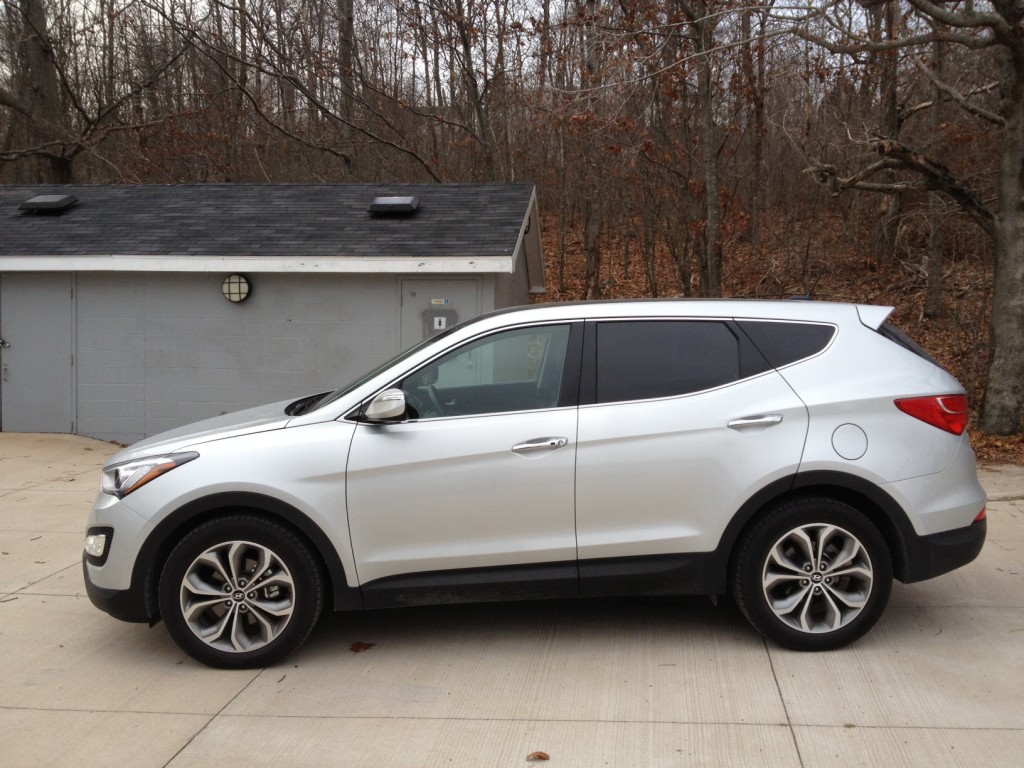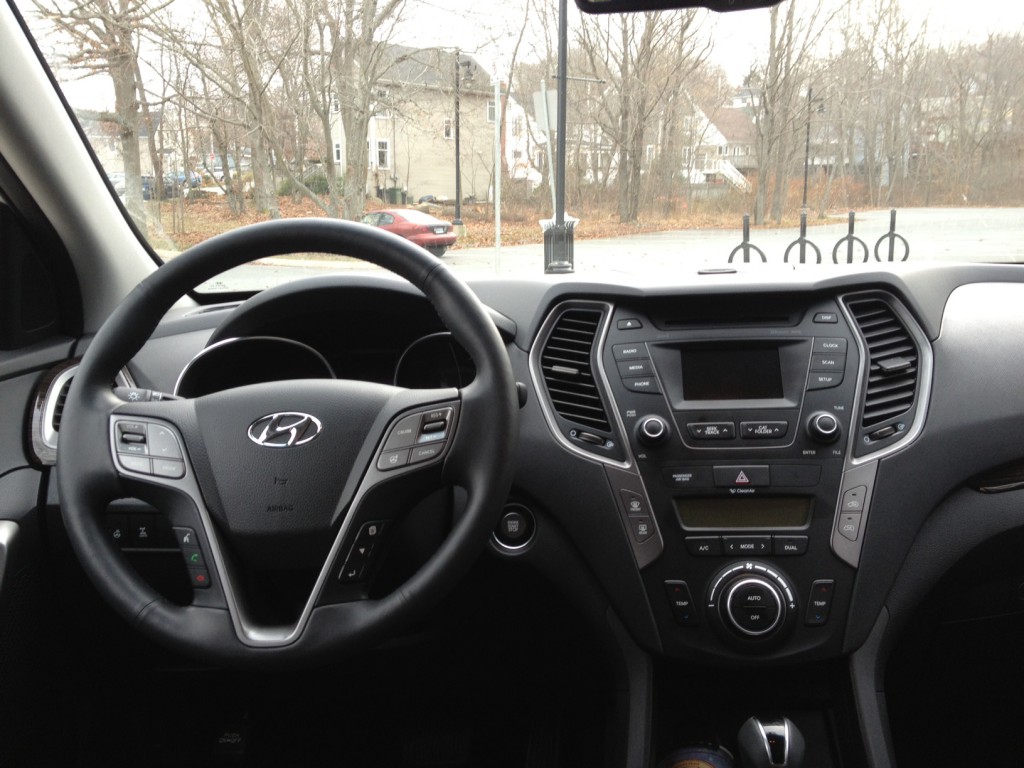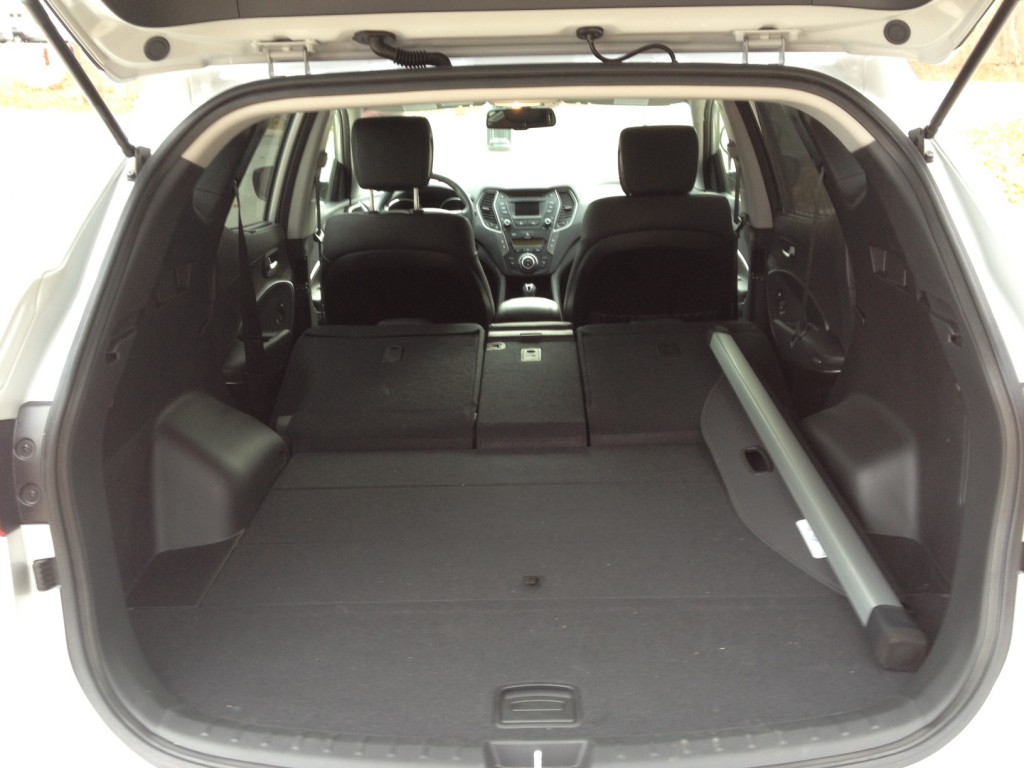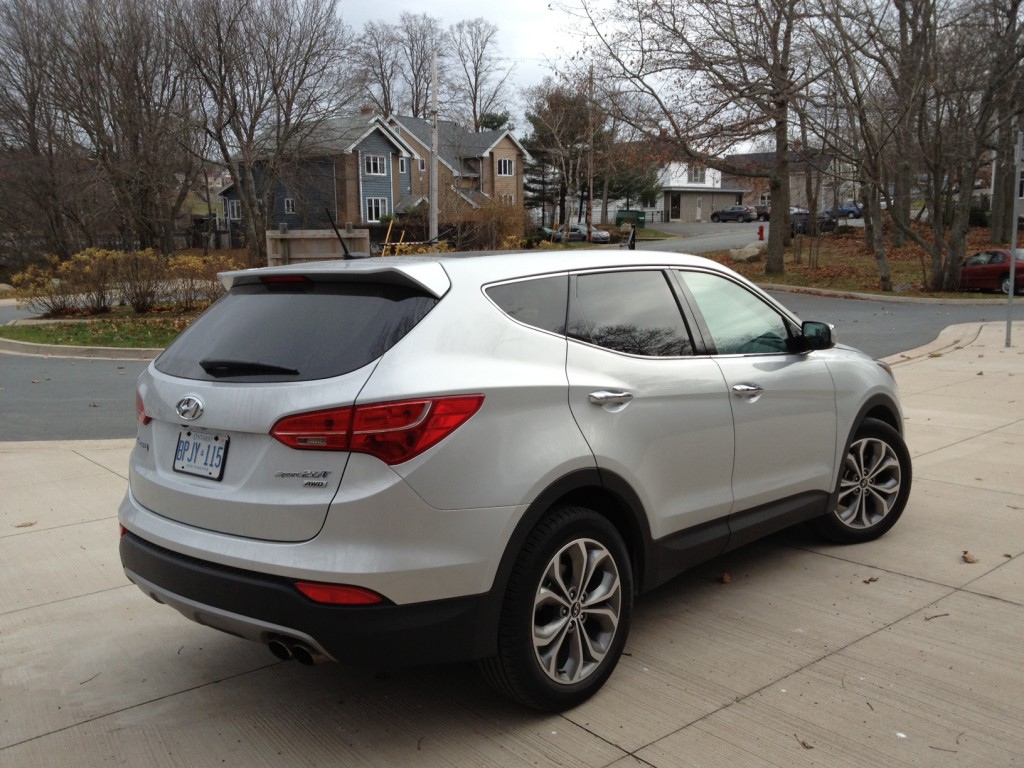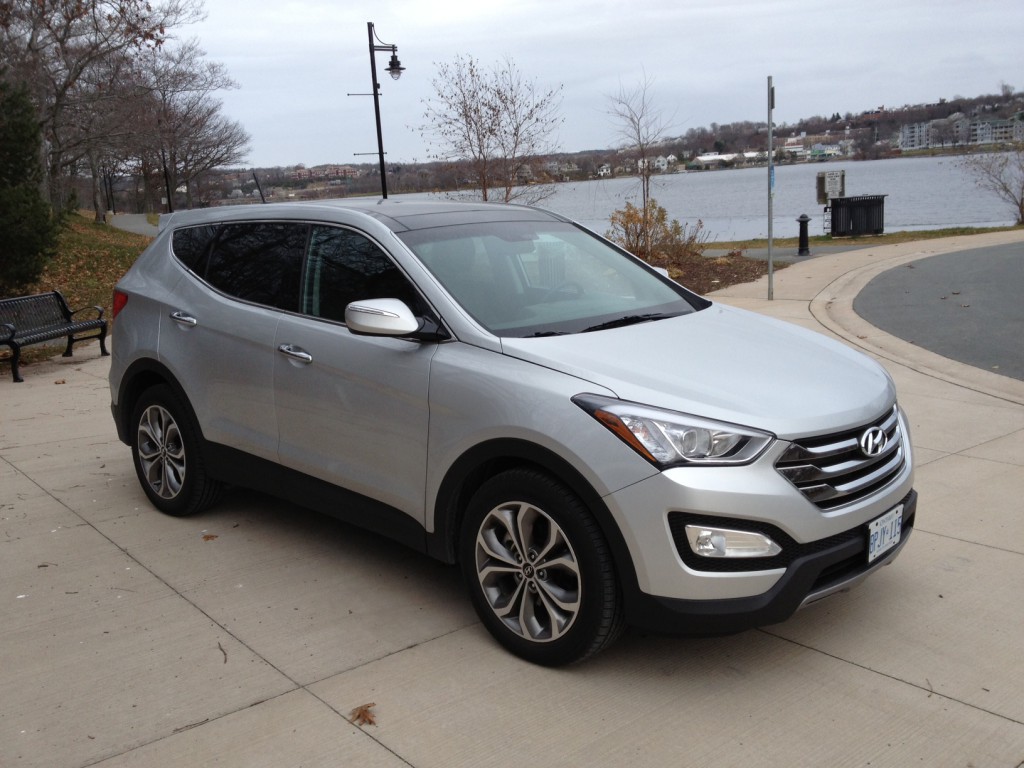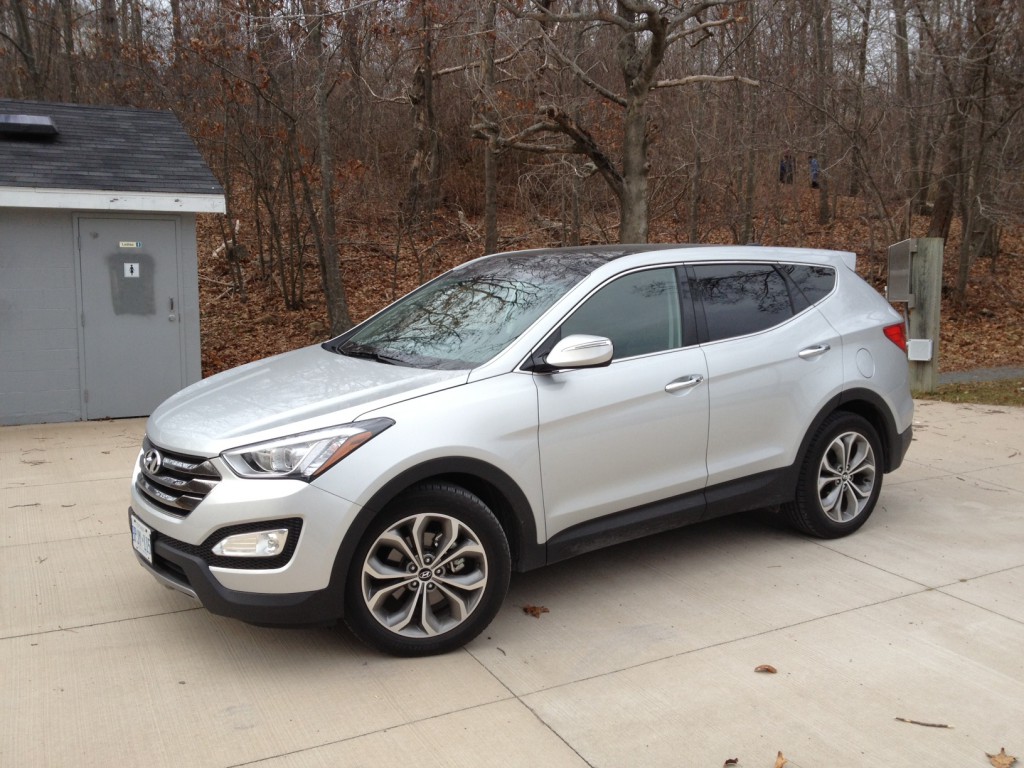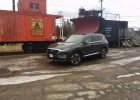By Kevin Harrison
I’m a pretty big fan of British TV shows. The wit is undeniable and among the best as is the dry humour. There are plenty of British comedies that have really become mainstream as a result. Mr. Bean and The Office come to mind. The lesser known shows are also quite good such as Black Books.
But there’s a problem with British TV shows. They don’t last. While we may be accustomed to six seasons and a movie for most North American TV shows, the Brits tend to do one season and that’s it. It doesn’t matter how successful the show, British TV shows definitely do not risk outstaying their welcome.
Sometimes this happens with cars. The BMW 1 M is one of the most sought after raw performance cars to come along in a long time, but it certainly didn’t stick around for a long time. Its one year limited run left enthusiasts, including this author, in tears knowing we weren’t able to get our hands on one.
Hyundai sort of did something similar with the Veracruz. Although its five year run is fairly typical, it didn’t make it past the first generation. Why did Hyundai do this? Well, they wanted to capitalize on a more familiar nameplate: the Santa Fe.
The plan for Hyundai is to now sell the Santa Fe in two body styles. There will be a larger three row Santa Fe for Veracruz owners looking to get something newer and of course the regular Santa Fe, now called the Santa Fe Sport.
Completely redesigned, I took the latter out to see if Hyundai can keep the ball rolling for offering among the best selling CUV’s in the segment.
The exterior styling is quite handsome, in fact it’s definitely the best looking Santa Fe yet to my eyes. Gone are the rather cartoonish bubbly and bulging styling cues in favor of a more elegant and classy look. My only gripe is, even though it looks rather good, it almost blends in a bit too much with other CUV’s, however the good news is it blends well with CUV’s in a more expensive segment such as the CUV’s offered from Acura. My tester’s rather good looking 19 inch wheels added to the look, as did the dual exhuasts and the upwards sloping lines behind the C pillar, however that did end up impeding visibility.
Inside, the Santa Fe is also much improved with mostly high quality materials and an attractive layout. The seats are comfortable however I found it a bit difficult to get into my ideal driving position which I mostly blame on the tilt/telescoping steering wheel. It didn’t quite telescope out far enough. The back up camera is appreciated, however the small display screen means you’ll really have to squint your eyes. Rear passengers will be absolutely happy on long trips though because not only are the seats just as comfortable, but all three passengers can recline their seats. On top of that there is head, shoulder and leg room in abundance. I hate to say it, but if comfort is your game you’re better off being the Hollywood star rather than the chauffeur. The stereo is also quite good, however if you’re getting a bit into a song and get the urge to crank it up, beware of some slight buzzing. My most favourite thing about the Santa Fe’s interior? The heated steering wheel. Not only does it mean you can drive without gloves on chilly mornings (which makes it safer since you have more grip on the wheel) but it heats up to the most ideal temperature each time and does it quite quickly.
Cargo room is equally impressive as the interior. The rear seats are able to fold 40/20/40 which is great if you’re hauling both people and larger items at the same time. You can configure the seats to haul that large throw rug all while not forcing your passengers to akwardly sit side-by-side in the process. Kudos to Hyundai for this one. Also kudos to Hyundai for providing both a nice large opening for bigger items and enough room to actually hold said items. I was able to test this first hand by picking up a brand spanking new dishwasher. The Santa Fe did not hesitate in the slightest to completely swallow the dishwasher, and loading it in was completely effortless.
The Santa Fe Sport gets two engine options: a 2.4 litre naturally aspirated 4 cylinder and a 2.0 litre turbocharged 4 cylinder. My tester came with the latter which means it got 264 horsepower and 269 pound foot torque. That’s enough to get the big Santa Fe off the line, but don’t expect to break any speed records, especially since turbo lag is in abundance. It also doesn’t help that the six-speed automatic wants to change gears as quickly as possible. But perhaps the most disappointing part of this engine is the fuel consumption. While it’s not bad, it’s certainly not great. I was able to try two Santa Fe’s – one week with my tester pictured in this review (the 2.0T), and another week with a lower trim level with less goodies, and the 2.4 litre 4 cylinder making 190 horsepower and 181 pound foot torque, both all-wheel drive. I drove the 2.4 litre for the entire week in eco mode which limits throttle input. The Santa Fe is rated at 9.8 L/100 kms combined highway and city driving. I averaged 11.3 L/100 kms. In a week’s worth of driving with 2.0T with eco mode off, I averaged 11.5 L/ 100 kms. Not only is the difference between the two fairly minimal, but both aren’t too close to the official rating.
The all-wheel drive system on the other hand was more impressive. It handled a few dirt roads quite well and some slippery wet pavement even better.
The ride on the Santa Fe is quite nice – comfortable, compliant and calm. It feels especially at home on the highway as there is minimal road noise. Around town it also does quite well. It feels like you’re driving a smaller vehicle than you actually are. Handling is relatively good, but if you push the Santa Fe in the slightest, it will push back with understeer, and the back end can easily get out of sorts. The latter is taken care of by the traction control but still, the Santa Fe should be able to handle aggressive driving a bit better. I know, I know, it’s a CUV and thus handling isn’t going to be its forte regardless but it should still feel stable on its feet should an emergency maneuver be required. The steering wheel has three settings – comfort, normal and sport. When I tested the Elantra GT, which had the same feature, I thought it was pointless, mostly because regardless of any mode you choose, all it does is change the feel of the steering. It did nothing it terms of directedness or performance. In other words, in sport mode, it gave a fake feeling of performance. Since the steering option you choose ultimately doesn’t matter, you can go with any of the options and the Santa Fe will still drive the same way, rendering it to be a rather tacky feature.
However for all these small faults here and there, the Hyundai Santa Fe proves that it’s all grown up and is fit to meet mostly any challenge that’s thrown at it. Let’s hope that this new Santa Fe isn’t like a British TV show where it’s great content for a limited time only, such as the Veracruz was. Considering how impressive the Sport version of the Santa Fe is, I have no doubt that the larger three row Santa Fe which replaces the Veracruz will be equally as impressive.
Price As Tested: $35,299
Pros:
- Handsome exterior
- Well laid out interior
- Lots of usable cargo room
- Heated steering wheel
- Smooth ride
Cons:
- Disappointing fuel consumption
- Can get out of sorts when pushed
- Fake steering feel is tacky
- Blind spots behind the C pillar
Immediate Competition:
- Chevrolet Equinox
- Ford Edge
- Honda CRV
- Kia Sorrento
Overall: 7.5/10


